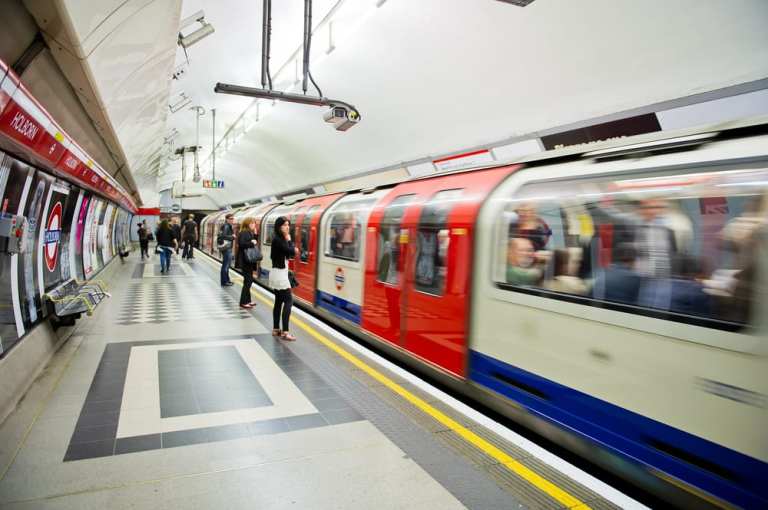
Transport for London (TfL) said on Monday (July 8) that it will start tracking riders through London’s Underground with Wi-Fi from their phones, according to a report by the Financial Times.
The TfL ran a pilot of the tracking system in 2016, and will use the data to better understand how people flow in and out of the system. The transit system will use that data, it said, to send specific information to riders about how to avoid congestion.
There will be WiFi transmitters at every station to collect the information, and it will help the TfL to construct a dataset of what lines are used for what specific journeys, and how traffic affects that. It will also be used to see different congestion times.
This type of data was previously collected through Oyster cards and other payment cards, and only recorded entries and exits, not whole journeys.
There’s also the possibility that the data could potentially be used for commercial purposes, especially since the TfL has been facing some severe budgetary issues as of late. The Wi-Fi data could allow the TfL to charge higher advertising rates for heavier populated areas, for example.
Lauren Sager Weinstein, TfL’s chief data officer, said she understood the implications of collecting data from riders and that she was “mindful of the responsibility” of it.
“Transparency, privacy and ethics need to be at the forefront of data work in society and we recognise the trust that our customers place in us,” she said.
Lukasz Olejnik, a research associate at Oxford university’s center for technology and global affairs, raised some concerns about whether the data would truly be kept anonymously and confidentially.
“In a system like this, the overall technical settings are of crucial importance,” Olejnik said. “The database will contain a lot of records about individuals. Securing it is, therefore, of paramount importance.”
Weinstein said the data met the highest of standards put forth for data protection, and that it wouldn’t be subject to General Data Protection Regulation (GDPR) access requests because there was no way to tell who a person was from a phone signal.